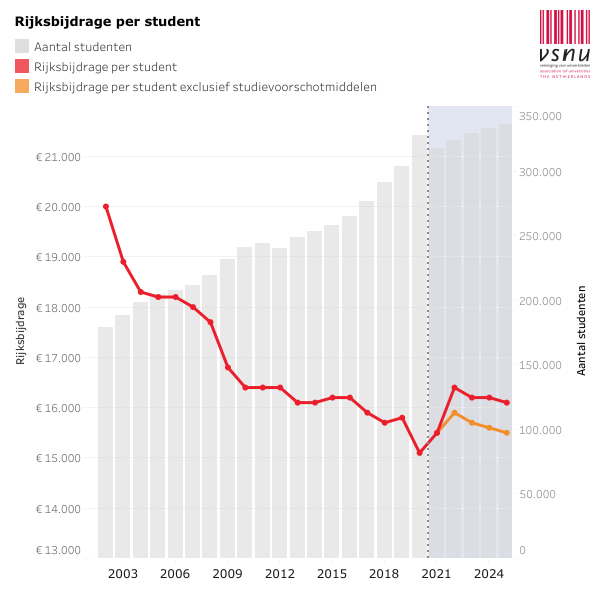Een Wereld vol Denkers (A World of Thinkers) has been out for a little more than a week now. It’s a Dutch-language popular-science book. My first! There’s much to say about the book itself. I’m very excited about it! But here I want to focus on the journey, rather than the content. I set out to write a book that I would want to read. Here’s why and how this book came to be.
Let’s start with the why: I enjoy reading (popular) science books myself. From Oliver Sacks to Zoë Schlanger to Leonard Susskind: a thin slice through the S-section of a very long bookshelf that spans most of the length of my living room. I love the feeling of being immersed in a universe of ideas. And just as every football fan dreams of becoming a professional football player, and just as every music lover dreams of becoming a rock star, I dream of becoming a writer. (I dreamt of becoming all of these things at some point.)

I also have more earthly motivations to write. A promise casually made in the public-outreach section of an unexpectedly funded grant proposal. Vanity, certainly. Money was not a factor at all, as I will explain later. But my main motivation was the activity itself. The satisfaction that I get from writing about interesting stuff. Admittedly a pretty egocentric motivation.
Of course I get most satisfaction from writing about stuff that I would want to …



